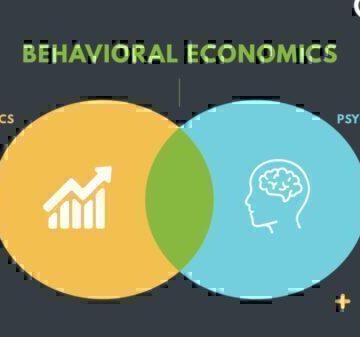Bankruptcy is a legal status for people who can’t pay their debts. The bankruptcy process and timeline vary based on what kind of bankruptcy applies to your situation.
If you think you may need to enter bankruptcy, talk to an attorney. A bankruptcy lawyer can help you understand your options. They can explain whether bankruptcy makes sense for you. They can help you understand your rights and put your mind at ease about the bankruptcy process.
Information a Bankruptcy Lawyer Will Need
To help you, an attorney will need to understand your finances. So gather important documents such as:
- One recent bill from each creditor
- Collection letters and court papers
- Notices concerning shut-offs, repossessions or foreclosure
- As many pay stubs as you can find for the past six or seven months
- Tax returns for the past two years
- Driver’s license and Social Security card
Timeline
There are different types of bankruptcy, and the bankruptcy timeline depends on which type you file. Chapter 13 takes three to five years. Chapter 7 is roughly a 90-day process. Timelines also vary from state to state. A general bankruptcy timeline includes the following steps:
Before Filing
You are required to complete a bankruptcy counseling session with an approved agency. This must be done within 180 days prior to filing for bankruptcy.
Some states require that you have been a resident for a certain amount of time before you can file for bankruptcy.
Filing
You must file a bankruptcy petition. This is the legal document that says you are going to seek bankruptcy relief. Your attorney will determine the right type of bankruptcy filing for you.
After Filing
In the first 15 days, you will need to provide a significant amount of paperwork to the court. You’ll need to show your assets, income, expenses, and liabilities. If you choose Chapter 13 bankruptcy, this is when you’ll need to create a repayment schedule.
Within 30 days after filing a Chapter 13 case, you’ll make your first payment to the bankruptcy trustee. If you’re doing a Chapter 7 bankruptcy, you’ll need to “reaffirm” your debts in the first 30 days after filing. Basically, this means you are telling the court there are certain debts you want to keep. For example, you might need to “reaffirm” your mortgage in order to keep your house. Or “reaffirm” a car loan to keep the car.
About 45 days after filing, the court will hold a Meeting of Creditors. This is sometimes called a “341 meeting” or hearing. At this meeting, you will need to testify, under oath, regarding all the information provided to the court.
Discharge
When the bankruptcy court decides that you are no longer held responsible for a debt, that debt has been “discharged.” You’ll need to take a two-hour bankruptcy education course before your debts can be discharged. Your attorney can help you find an approved agency and schedule a session.
In a Chapter 7 case, debts are usually discharged about four to six months after filing. In a Chapter 13 case, the timeframe depends on the length of the repayment schedule. But it is typically completed in three to five years.
Start With Free Financial and Debt Counseling
If you’re not sure what to do, call us. We offer free financial and debt counseling. Our National Foundation for Credit Counseling (NFCC)-certified counselors work with you to review your situation, explain your options, and help you make a plan to move forward.
GreenPath Financial Service
Free Debt Counseling
Take control of your finances, get tailored guidance and a hassle-free budgeting experience. GreenPath offers personalized advice on how to manage your money.










